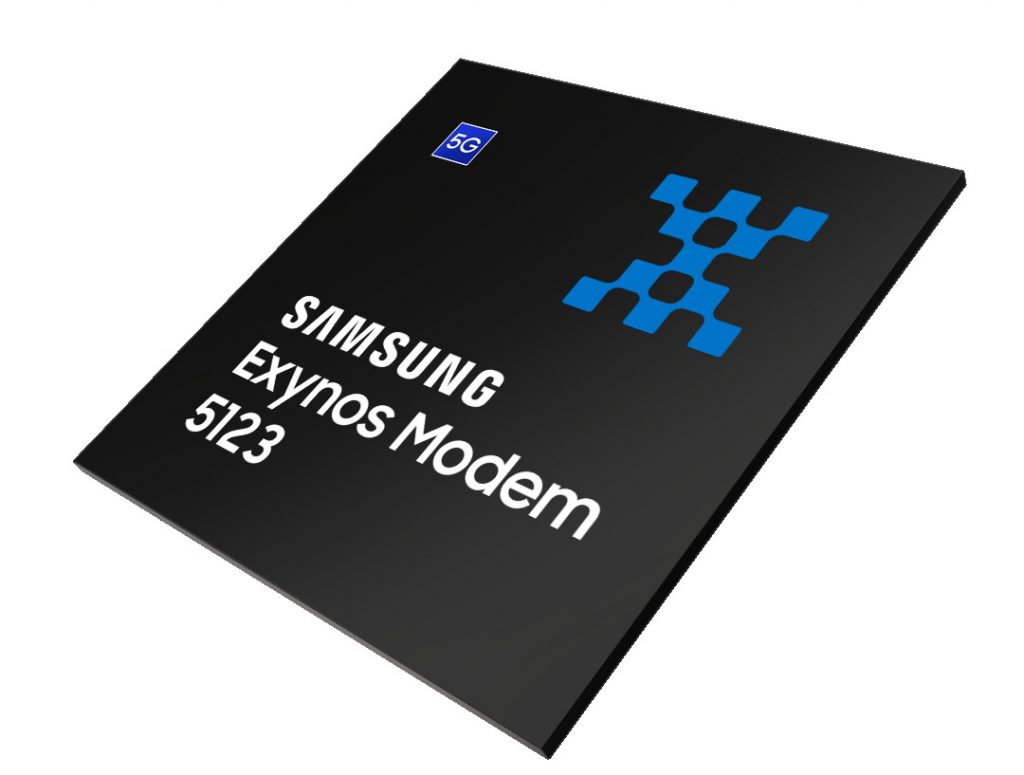Apart from dominating the market for smartphone processors, Qualcomm was also dominating when it comes to modem chips that enable connectivity on a device. However, the company seems to be slowly losing its grip.
Google has already announced that the company will be using its own Tensor SoC for powering the next-generation Pixel 6 series smartphones. So far, the company had relied on Qualcomm Snapdragon series processors for its mobile phones.
![]()
Now, if the latest report is to be believed, then it’s not only the mobile processor that Google is ditching Qualcomm for but also the modem chip. The report adds that instead of using Qualcomm’s modem, the upcoming flagship smartphones from Google will come packed with Samsung Exynos 5123 modem.
This is a major development given that every smartphone available in the United States packs a Qualcomm modem for wireless connectivity. If the Pixel 6 series ends up with Samsung’s modem, then it’ll break Qualcomm‘s monopoly in the market for the first time.
Another major development will be for Samsung as this will be the first time the South Korean giant’s Exynos modem chip will be used in a non-Samsung smartphone. The Samsung Exynos 5123 modem is also quite advanced, coming with support for sub-6Hz connectivity and up to 256-QAM in Millimeter Wave for uplink and downlink.

While the search engine giant has not officially revealed it but it seems that the company has partnered with Samsung for the Pixel 6 series phones given that almost every major component has a connection to the South Korean giant.
There have been reports claiming that Google’s newly announced Tensor processor is an unreleased Samsung Exynos 9855 SoC. Apart from the processor and 5G modem, the display and camera on the Pixel 6 series will be sourced from Samsung.
Google has not yet revealed the full set of specifications of the upcoming phones but has confirmed some key details. The Pixel 6 comes with a 6.4-inch Full HD+ display offering a 90Hz refresh rate while the Pro has a 6.7-inch QHD+ display offering a 120Hz refresh rate.
![]()
The standard model features a dual-camera setup on the back while the Pixel 6 Pro has a triple-camera setup — a wide-angle lens, an ultra-wide-angle lens, and a 4x telephoto lens. This time, the photography performance could top the charts given that the chipset is said to be focused on photo output and use artificial intelligence and machine learning.
Powered by Tensor SoC with on-device AI and ML capability, the chip is also claimed to offer a significant improvement in translation, captioning, and dictation. The Pixel 6 series will also feature the most layers of hardware security in any phone. The lineup is expected to launch in the coming weeks, so we’ll have to wait a bit longer to know its pricing as well as availability details.
RELATED:
- Google Android Head reveals that Pixel 6 will sport an in-display fingerprint sensor
- Samsung wants foldable phones to become mainstream in the high-end market
- Google Pixel 6 and 6 Pro will be made in China due to COVID-19 restrictions





